
Ceratiomyxa fruticulosa
Description: Erect, simple or branched columns arising from a thin layer that extends over the substrate, usually slimy and translucent at first but then turning white (more rarely pink or pale yellow), often 4 inches (10 cm) or more in total extent and up to 3/8 in (1.0 cm) high; stalk lacking; spores produced individually on tiny stalks; spore.
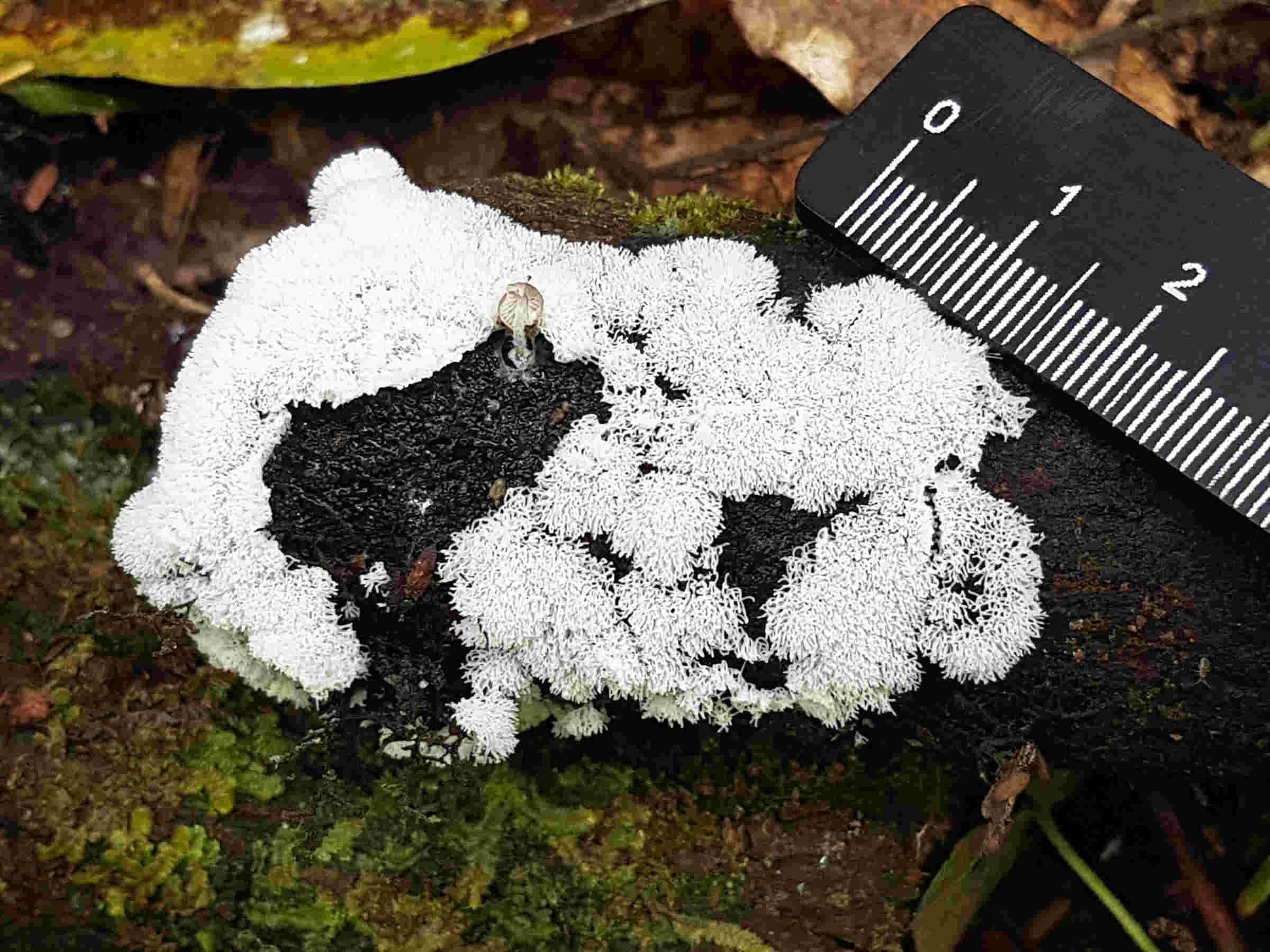
Ceratiomyxa fruticulosa Reserva Rio das Furnas
Ceratiomyxa fruticulosa arbuscula (Berk. & Broome) Nann.-Bremek., 1975 Ceratiomyxa fruticulosa aurea (Link) Y.Yamam., 1998 Ceratiomyxa fruticulosa caesia (E.Jahn) G.Lister, 1925 Ceratiomyxa fruticulosa descendens Emoto Ceratiomyxa fruticulosa f. aurantiaca Jaap, 1922 Ceratiomyxa fruticulosa f. aurea (Link) Y.Yamam., 1998

Ceratiomyxa Fructiculosa var. Porioides Foto & Bild pflanzen, pilze
Ceratiomyxa fruticulosa, originally regarded as a myxogastrid, but in recent decades included in Protostelia, is a deeply diverging sister to Myxogastria. The protostelids studied here plus varipodid amoebae and the flagellates Phalansterium and Multicilia together probably form the outgroup to macromycetozoa plus Archamoebae.
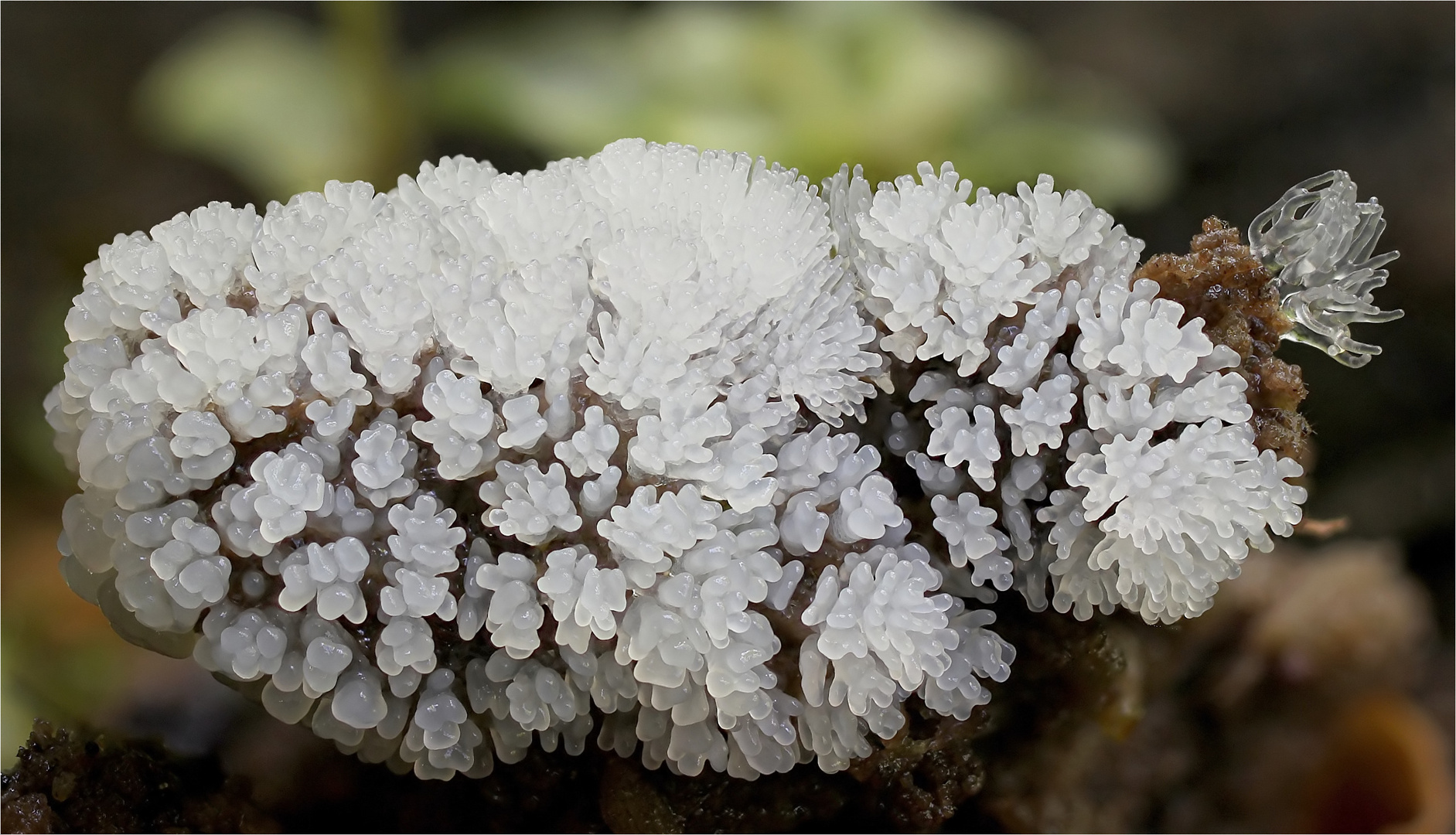
Ceratiomyxa fructiculosa 1 Foto & Bild pflanzen, pilze & flechten
(class Ceratiomyxomycetes)A genus of slime moulds; in C. fruticulosa the fruiting bodies are variable, but typically they are branched white columns 1-10 mm tall. C. fruticulosa is common and very widely distributed, being found on bark, rotting wood, etc., from Arctic to tropical regions.

Ceratiomyxa fruticulosa por Neso Fotografía Turismo de Observación
Description Whitish and translucent slime mould with tiny, erect, branched or simple structures. It resembles a coral or small, erect icicles. They have a fuzzy appearance because they produce their spores on their outside surfaces. Identification difficulty Recording advice
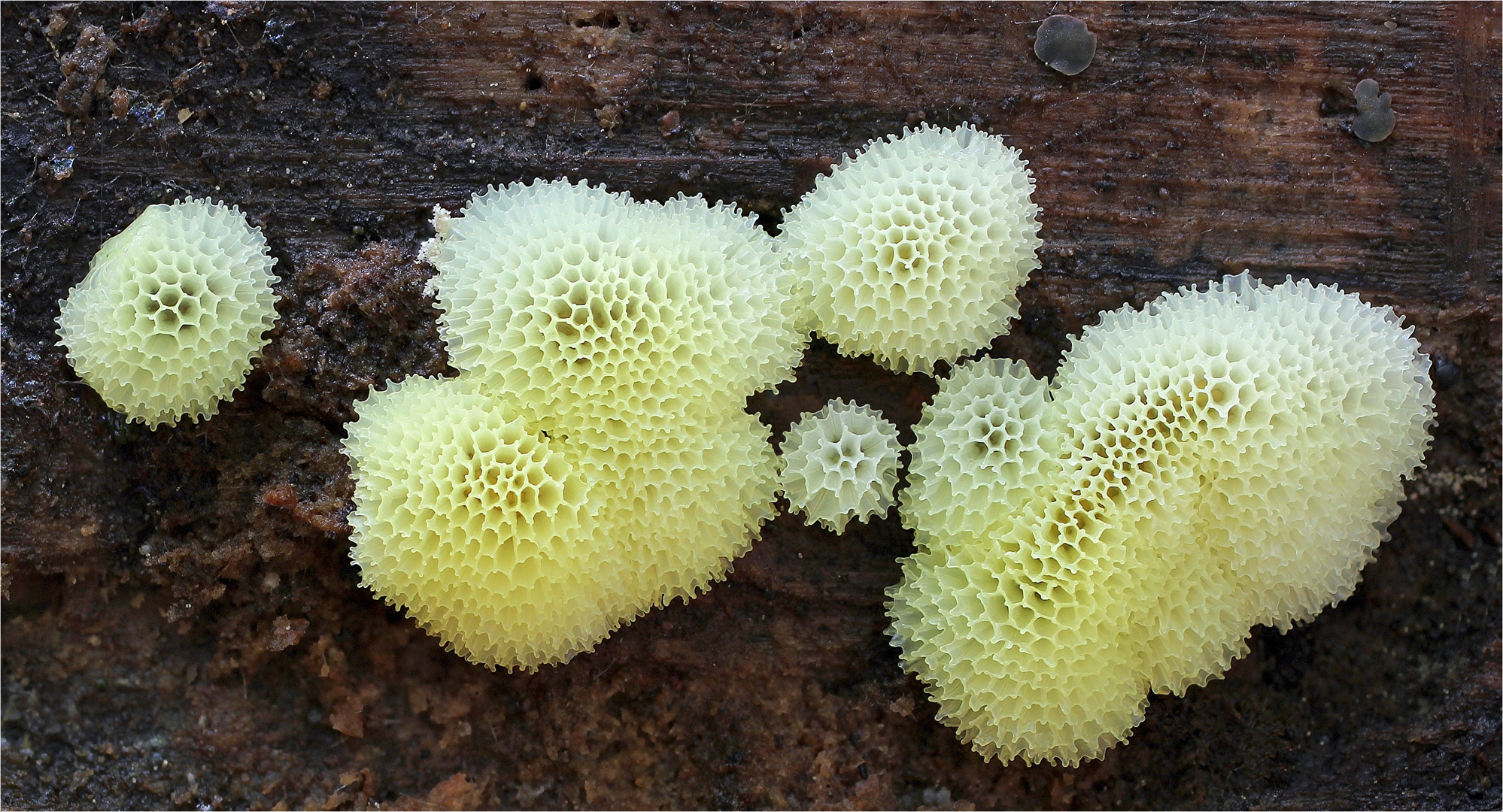
Ceratiomyxa fruticulosa Foto & Bild pflanzen, pilze & flechten, pilze
Ceratiomyxa is a genus of plasmodial slime mould within the Eumycetozoa, first described by Pier Antonio Micheli. They are widely distributed and commonly found on decaying wood. More Info Computer Vision Model Included
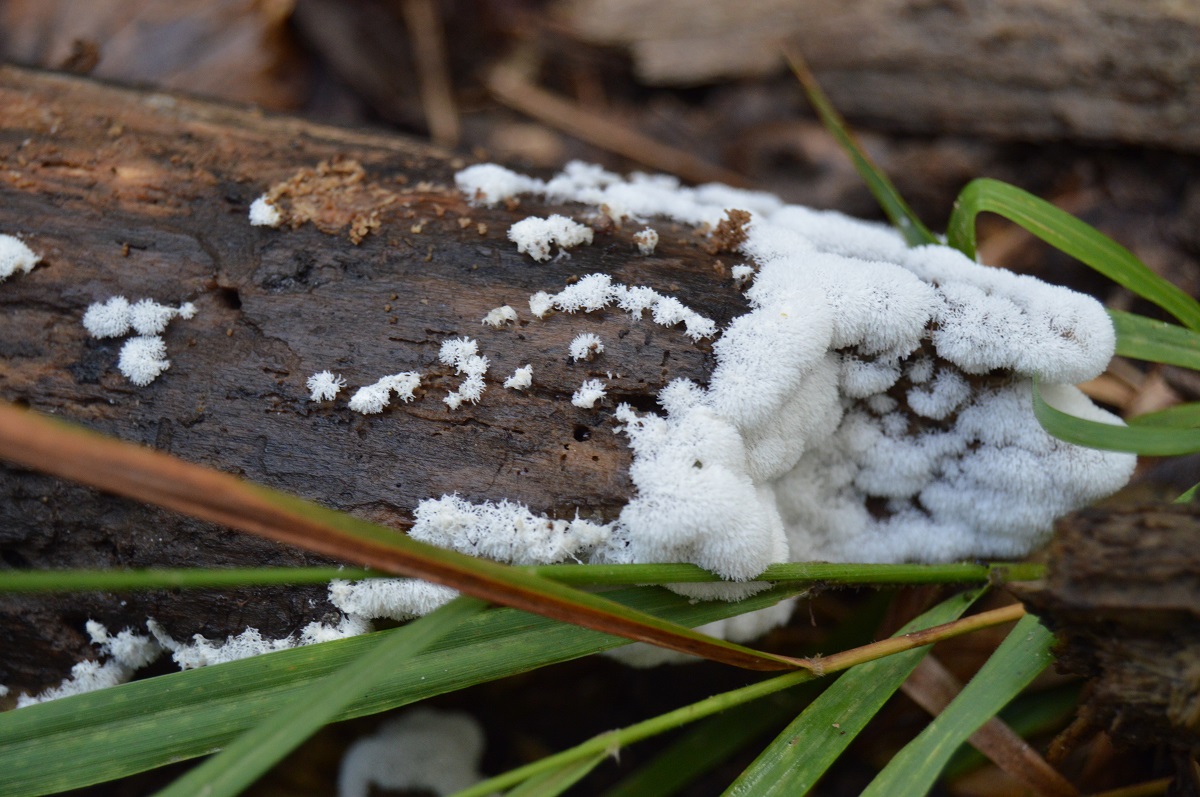
Ceratiomyxa fruticulosaThe Coral Slime Mold Earths Natural Solutions
Fruiting bodies of Ceratiomyxa fruticulosa. Resembling miniature white coral, this standout species typically appears in clusters and offers individual spores on the surface of each tendril.

Schleimpilz / Ceratiomyxa fruticulosa Foto & Bild Bilder auf
NOTES ON CERATIOMYXA FRUTICULOSA (MULLER) MACBR. by S. Carter The name 01 this myxomycete comes from the Greek keras -antler and ~ -slime, and some specimens do resemble the antlers of a young stag, especially in their bluntly rounded and perhaps slightly swollen til's. THE "FROSTED" LOOK One superficial characteristic unmentioned in the.
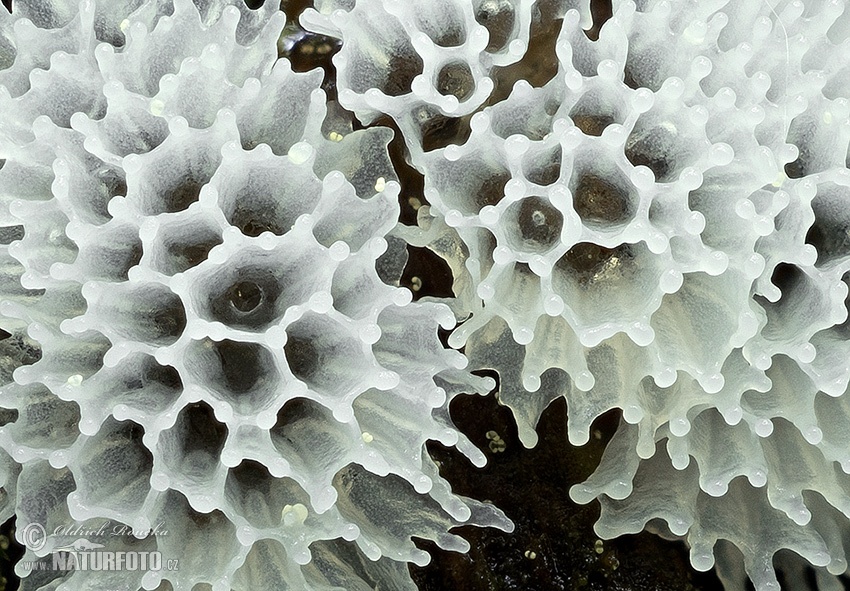
Ceratiomyxa fruticulosa var. porioides Mushroom Photos, Ceratiomyxa
Ceratiomyxa fruticulosa Tweet Description: Slime mold. Whitish and translucent organism with tiny, erect, branched or simple structures. It resembles a coral or small icicles. They are with a fuzzy appearance because they produce their spores on their outside surfaces.
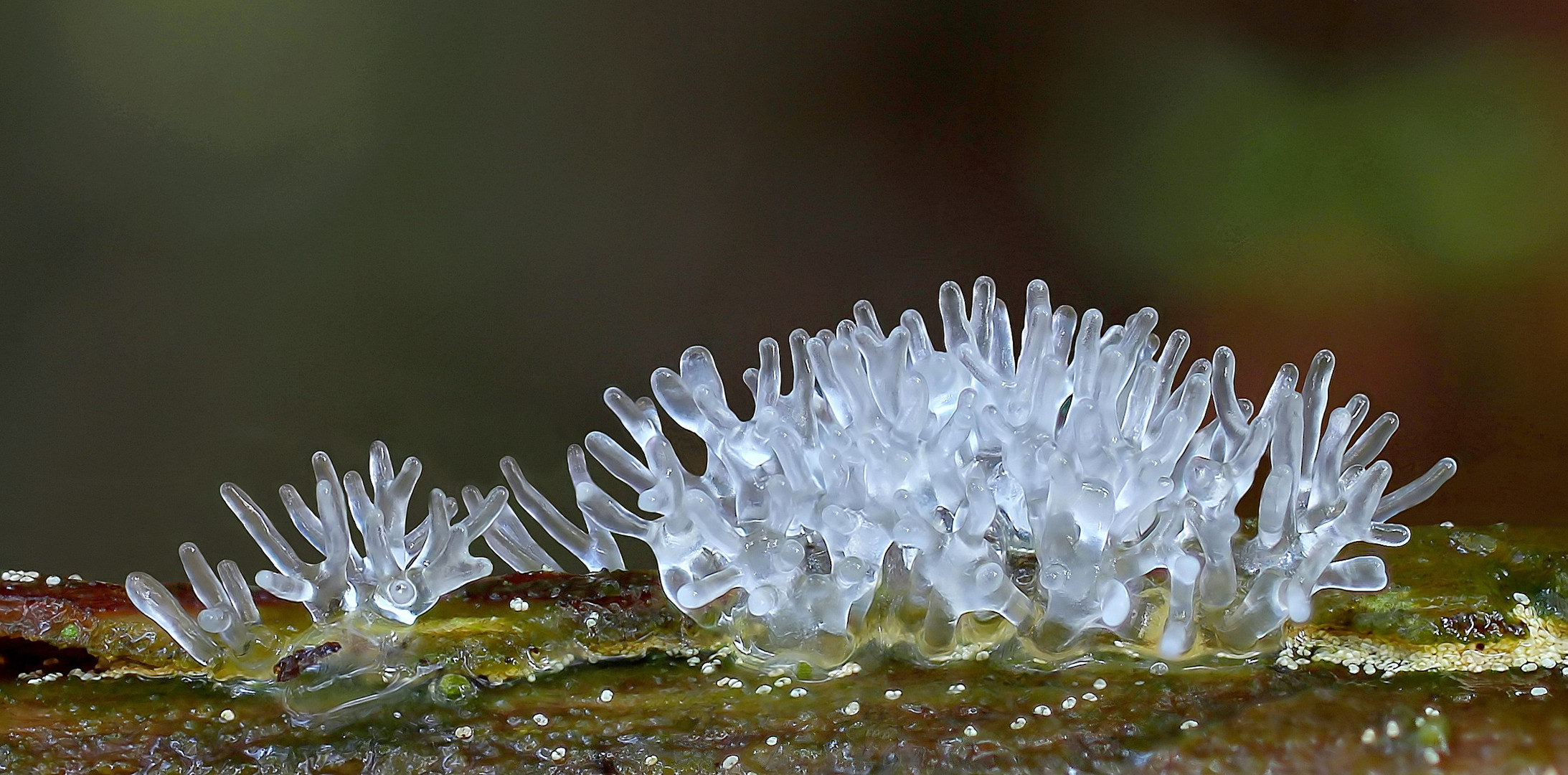
Ceratiomyxa fruticulosa Foto & Bild pflanzen, pilze & flechten
Figure \(\PageIndex{3}\): This image shows the slime mold Ceratiomyxa fruticulosa, which looks a bit like an organism you'd find under the sea. This slime mold (likely) belongs to the protostelid group because it makes its spores externally. Each coral-like extension of this slime mold is covered with tiny spores.
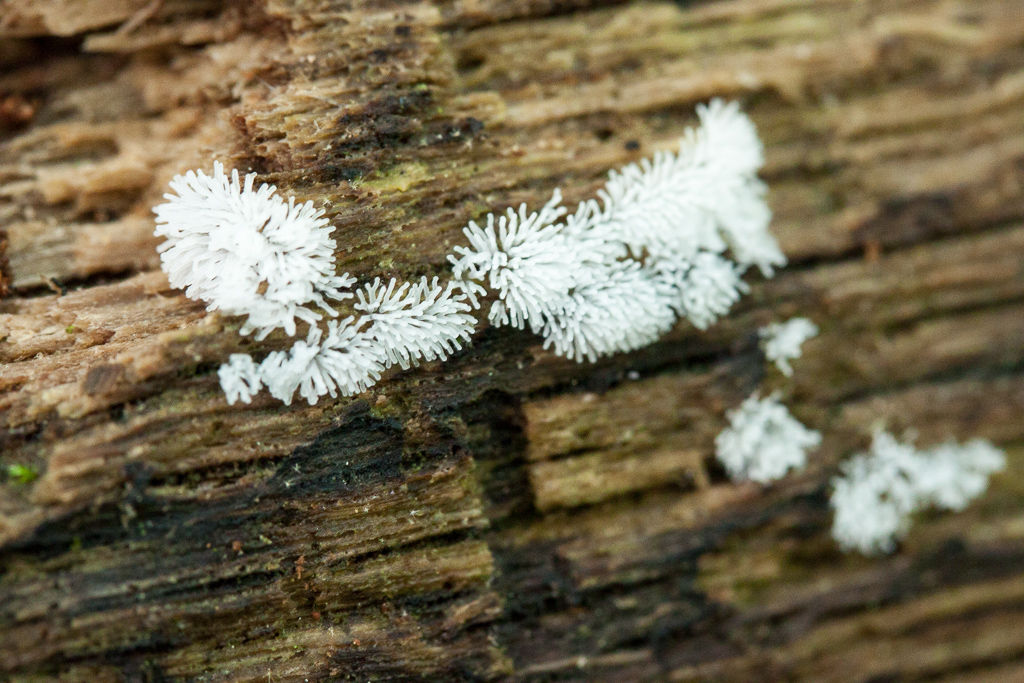
Ceratiomyxa fruticulosa Western Pennsylvania Mushroom Club
The genus currently contains 4 species. The most notable member is Ceratiomyxa fruticulosa, a slime mould found in most parts of the world. Other known species of Ceratiomyxa are mostly found in the tropics. Etymology. Ceratiomyxa comes from the Latin word ceratus meaning "waxed" and the ancient Greek word myxa meaning "mucus". History of knowledge

Ceratiomyxa Fruticulosa CER4558 Alison Pouliot Photography
The terms myxomycetes and mycetozoa are still commonly used today, as is one further term, myxogastria, meaning 'slimy stomach', describing the way the organism crawls around its environment hoovering up its food, be it yeasts, bacteria or plant debris. The slime mould, unlike the fungi, is not responsible for decay, but survives off the leftovers.

Gewoon ijsvingertje Ceratiomyxa fruticulosa(a1) Natuurfotografie
Description: The tiny, erect, branched or simple structures of this organism look like small icicles or like tiny pieces of erect coral. They are whitish and translucent with a fuzzy appearance because they produce their spores on their outside surfaces. Edibility: Not edible. Comments: Ceratiomyxa fruticulosa is a slime mold.

Ceratiomyxa fruticulosa / Cératiomyxie fruticuleuse Flickr
Creatures » Cellular Organisms » Eukaryotes » Amoeboid Protists » Evosea » Slime Molds » Protosporangiida » Ceratiomyxaceae » Ceratiomyxa « Ceratiomyxa fruticulosa collect

Geweihförmiger Schleimpilz (CERATIOMYXA FRUTICULOSA)
Ceratiomyxa may not actually be a protostelid, but the small, stalked fruiting bodies formed on the external surface are similar to what would be found in a true protostelid. Figure \(\PageIndex{4}\): This image shows the slime mold Ceratiomyxa fruticulosa, which looks a bit like an organism you'd find under the sea. This slime mold (likely.
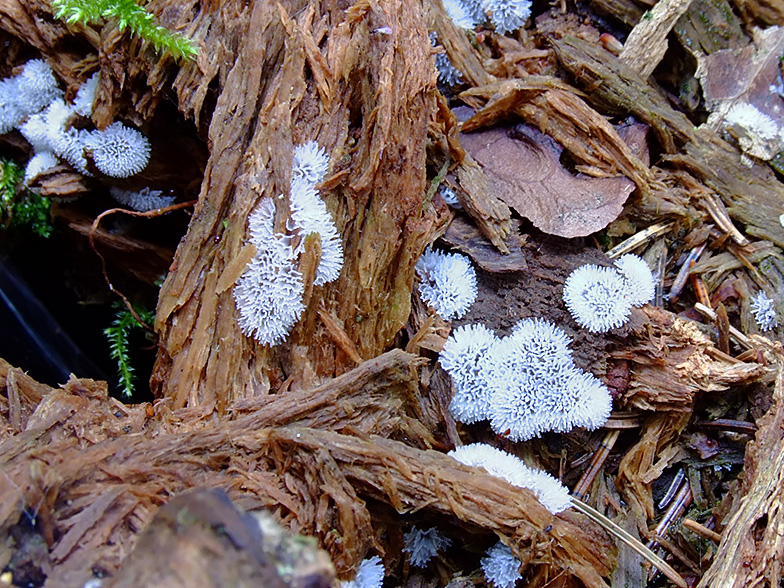
Ceratiomyxa fruticulosa var. porioides
Coral slime mold, Ceratiomyxa fruticulosa, is a fairly common sight in the Midwest, especially after heavy rains.